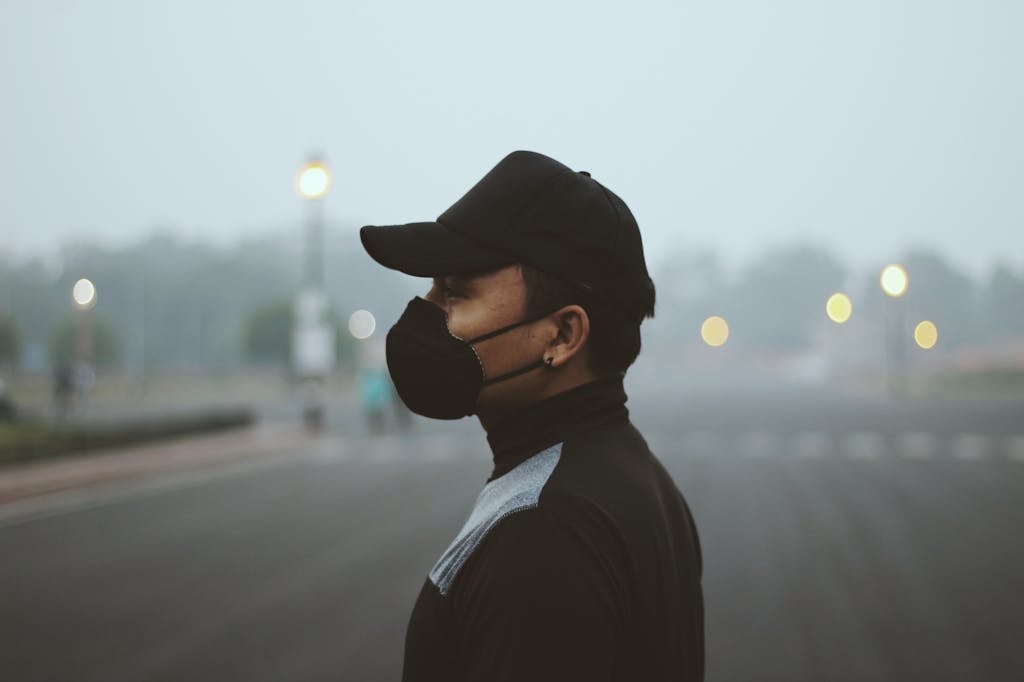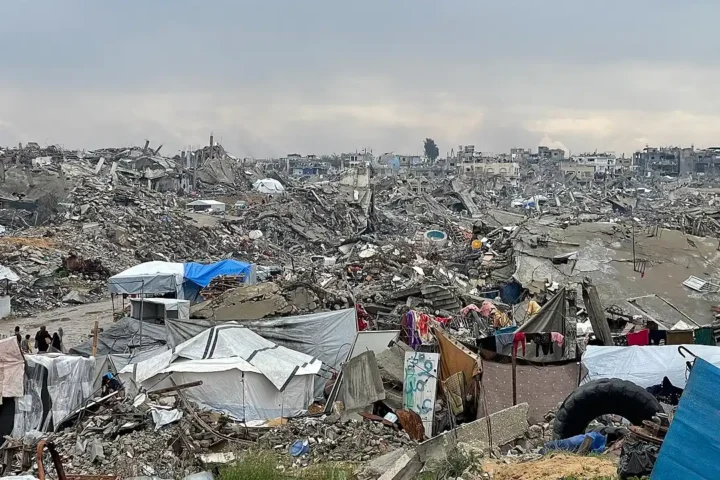Environmental groups have filed a lawsuit against the Environmental Protection Agency for failing to enforce clean air standards in parts of Arizona, Tennessee, and Texas, putting roughly 40,000 residents at risk from harmful sulfur dioxide pollution.
The Center for Biological Diversity and Sierra Club filed the Clean Air Act citizen suit on August 5, 2025, challenging what they describe as the EPA’s failure to ensure that counties in these states have effective plans for reducing sulfur dioxide levels that exceed federal safety standards.
“The Trump EPA’s needless, illegal delay in tackling sulfur pollution is poisoning the air that thousands of people breathe,” said Ryan Maher, an attorney at the Center for Biological Diversity. “It’s a brazen handout to big industry polluters and fossil fuel companies, sacrificing the health of vulnerable people for corporate profits.”
The lawsuit targets major pollution sources including a copper smelter in Arizona, a chemical manufacturing plant in Tennessee, and oil refineries in Texas.
At the heart of the legal challenge is the EPA’s enforcement of the National Ambient Air Quality Standards (NAAQS) for sulfur dioxide. In 2010, the EPA strengthened these standards by establishing a new 1-hour limit of 75 parts per billion, which aimed to better protect public health, especially for vulnerable groups like children, the elderly, and people with asthma.
The Clean Air Act requires states to develop implementation plans (SIPs) showing how they will meet these standards. The environmental groups argue that the EPA has failed to ensure these plans are in place and effective, leaving communities exposed to dangerous pollution levels.
Similar Posts
Health experts have long warned about the serious dangers of sulfur dioxide exposure. According to health data, exposure can harm a person’s health in as little as five minutes, triggering asthma attacks and causing damage to the lungs and cardiovascular system that can be fatal in severe cases.
“This pollution harms people in the worst ways possible,” said Zachary Fabish, a Sierra Club attorney. “It’s imperative that Trump’s EPA uphold its duty to protect the public’s health by acting immediately, as the law requires.”
The 2010 standards were estimated to prevent between 2,300 and 5,900 premature deaths and 54,000 asthma attacks annually when fully implemented, with economic benefits of up to $3 billion per year in healthcare savings.
Beyond human health concerns, sulfur dioxide contributes to acid rain and haze, damaging lakes, streams, and ecosystems throughout the United States and decreasing visibility in national parks like the Grand Canyon and Great Smoky Mountains.
The communities affected by this pollution often include high percentages of low-income and minority residents, raising environmental justice concerns. Studies have shown that minorities are 1.5 times more likely to live in areas with high sulfur dioxide levels.
The lawsuit, filed in the United States District Court for the Northern District of California, is part of ongoing efforts by environmental groups to compel the EPA to enforce Clean Air Act requirements for sulfur dioxide pollution.
Power plants remain the largest source of sulfur dioxide air pollution, though industrial processes like metal extraction and oil refining also contribute significantly, along with fossil-fuel burning ships, vehicles, and heavy equipment.
The EPA and representatives from the affected states and industries had not issued formal responses to the lawsuit at the time of publication.



















